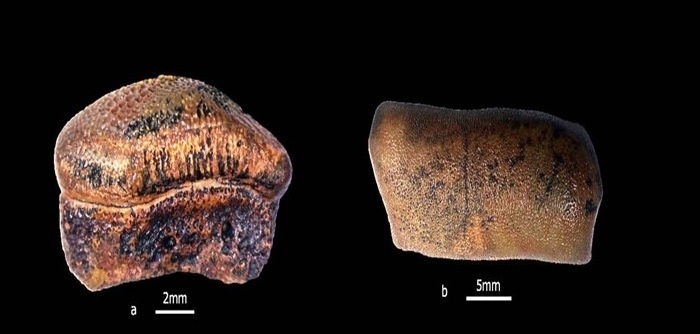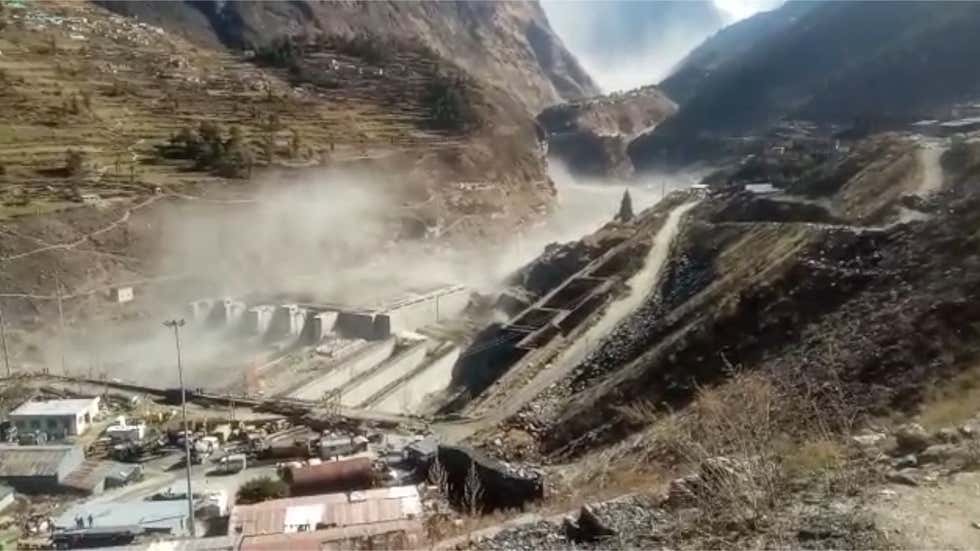
Female octopuses throw objects at males who harass them, a new study has found!
Read: weather.com/en-IN/india/bi…
By @kun5k
(📸: NOAA)
Read: weather.com/en-IN/india/bi…
By @kun5k
(📸: NOAA)

Opening jars, playing with toys, sneakily escaping from confinements, jetting water to soak people—#octopuses are notorious for such intelligent antics!
Their large brains make them capable of high-order cognitive behaviours, including problem-solving and tool usage.
Their large brains make them capable of high-order cognitive behaviours, including problem-solving and tool usage.
Now, researchers have come across yet another interesting behaviour among the female octopuses: one which involves throwing objects at males attempting to mate with them!
During the study, #researchers observed that in most instances, females hurled materials like silt, shells and rocks to remove obstacles in their way or to build nests.
But in some cases, these objects were clearly thrown at nearby, mate-seeking male octopuses.
But in some cases, these objects were clearly thrown at nearby, mate-seeking male octopuses.
Multiple instances of females targeting specific males were also observed.
In one scenario, a female was seen throwing silt at a particularly bothersome male octopus at least 10 times!
In one scenario, a female was seen throwing silt at a particularly bothersome male octopus at least 10 times!
Females did the hurling by grabbing rocks, silt or shells and holding them under the body.
The material was then placed over a siphon that octopuses use to push out a jet of water very quickly, and subsequently propelled at the desired target.
Illustrations: Rebecca Gelernter
The material was then placed over a siphon that octopuses use to push out a jet of water very quickly, and subsequently propelled at the desired target.
Illustrations: Rebecca Gelernter

There was a clear difference b/w the throws meant to clear our material and the ones aimed to repel suitors.
The latter projectiles were launched b/w the first and second tentacles for better precision.
One female even threw a shell like a frisbee using one of her tentacles!
The latter projectiles were launched b/w the first and second tentacles for better precision.
One female even threw a shell like a frisbee using one of her tentacles!
The male octopuses were smart enough to dodge the objects, but perhaps not as quick, as they were successful approximately half the time.
However, they remained courteous throughout, as no instances of males retaliating by tossing things back at the females were observed.
However, they remained courteous throughout, as no instances of males retaliating by tossing things back at the females were observed.
• • •
Missing some Tweet in this thread? You can try to
force a refresh












